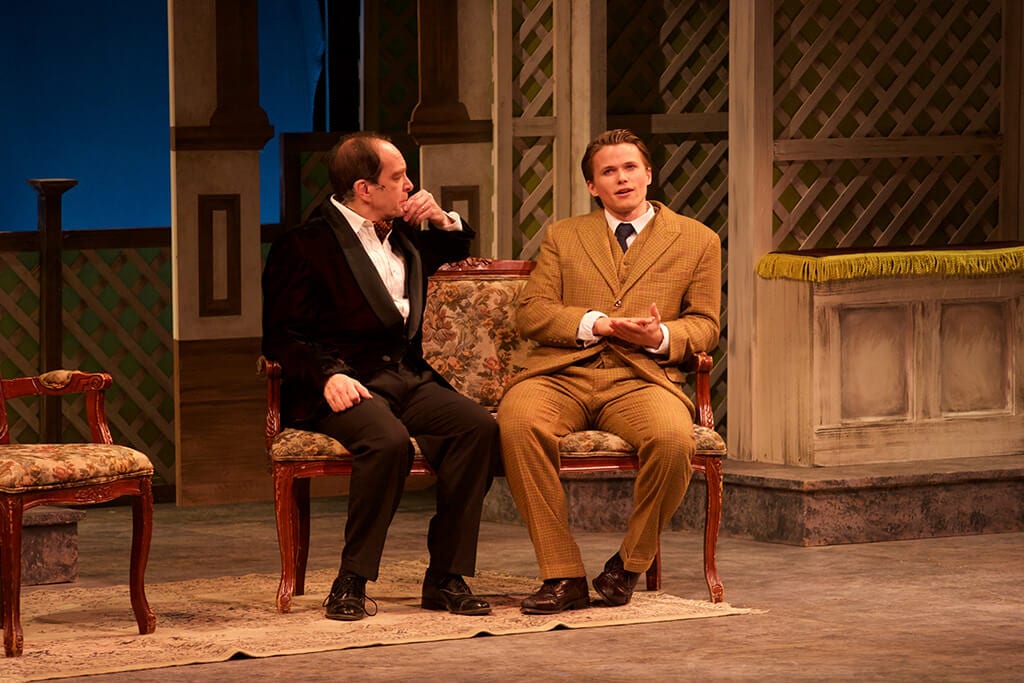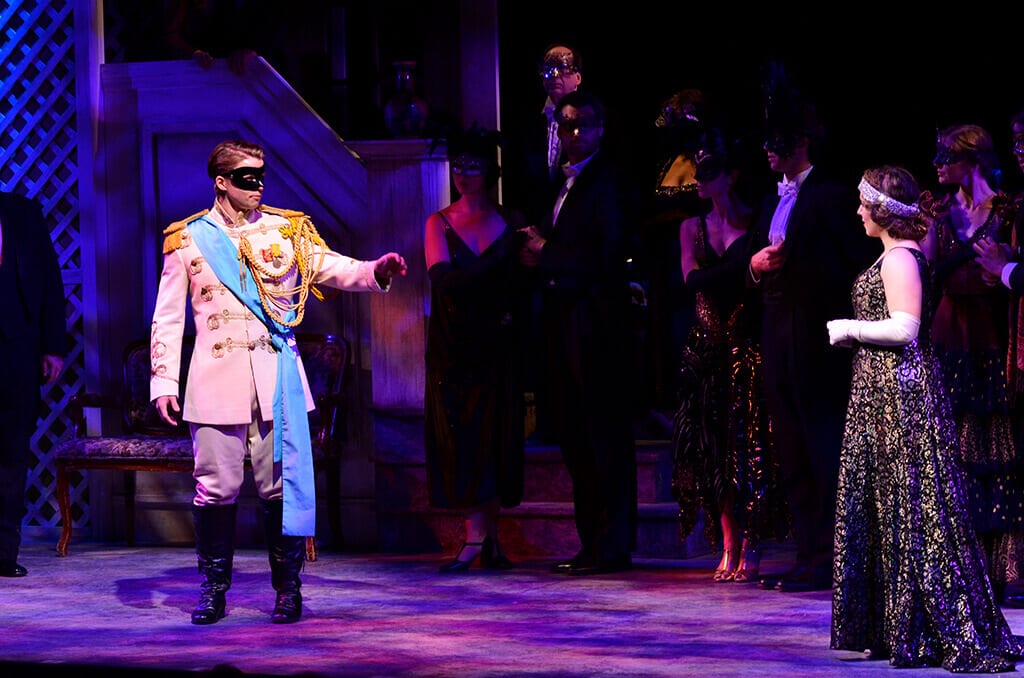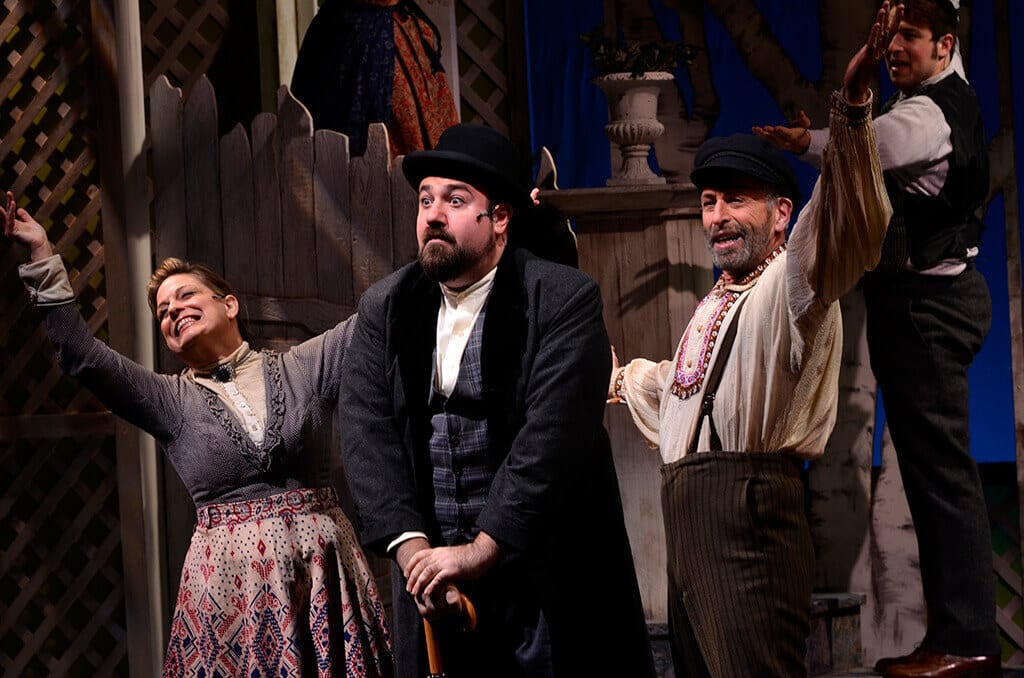It’s easy to understand the popularity and appeal of The Golden Bride (Di Goldene Kale) when it first opened in New York City in 1923.
Considering the brutal pogroms that drove almost two million largely Yiddish-speaking Jews out of Russia and the difficult living conditions these immigrants faced when many settled into the Lower East Side of Manhattan, this lighthearted, musical comedy represented an uplifting cultural bridge that connected a somewhat fantasized version of the old world—one in which young Russian women gleefully toss a ball on the beach without a care in the world—to a hopeful and promising new life in America. The severe hardship and intolerance they suffered in the Russia they left behind and the anti-Semitism and privation they experienced when they arrived in America were largely ignored in the play. Even the Russian Revolution of 1917 was reduced to just a single line in a song and then quickly forgotten. Similarly, the sweeping restrictions on immigration signed into law the year the play was first performed, which essentially brought Jewish migration into the US to a halt, was similarly disregarded.
Instead, The Golden Bride provided Jewish audiences with what they undoubtedly yearned for most at that time—a respite from their gloomy past, temporary relief from their current struggle of assimilating into a foreign, unfamiliar culture, and a glimpse into a future in which the American Dream was attained, where simcha and naches (festive occasions and proud enjoyment) prevail, and where the right guy (the mensch) gets di golden kale.
“The Golden Bride,” currently staged at the Museum of Jewish Heritage, hasn’t been changed from the original. Composed in 1923 by Joseph Rumshinsky and recently rediscovered by Harvard musicologist Michael Ochs, the performance is almost entirely in Yiddish, this time however with both English and Russian supertitles.
Notwithstanding the inconvenience of having to read the translations and, at times, even miss out on some of the details of the performance, and the lack of any meaningful political engagement, The Golden Bride (Di Goldene Kale) is brilliantly executed musical theater, overflowing with dozens of exceptionally talented actors and singers, and backed up by a very capable fourteen piece, live orchestra.
Rachel Policar and Cameron Johnson, playing the lead roles of Goldele and Misha, give particularly extraordinary performances. These two young lovers were separated when Goldele inherited a fortune from her father and left their Russian shtetl for America to claim her millions, promising her hand in marriage only to the one among her many suitors who could locate her long lost mother. While Goldele settles into life as an American macher (big shot), playing tennis, speaking English, and leaving the culture of her old country behind, Misha spends many years traveling the world in search of her mother.
It is only at the end of the performance, during a masquerade ball at the mansion, that we find out whether her mother has indeed been found and which of her lucky suitors will wind up sharing her fortune. When the outcome was revealed, I noticed quite a few members of the audience wiping tears from their eyes. Apparently, like the audiences of the 1920’s, we can still appreciate the temporary release from the tsuris (troubles) of our lives found in the uncomplicated storyline of The Golden Bride. Overall, a wonderful, delightful, cheerful performance, free of politics, and well worth seeing.




